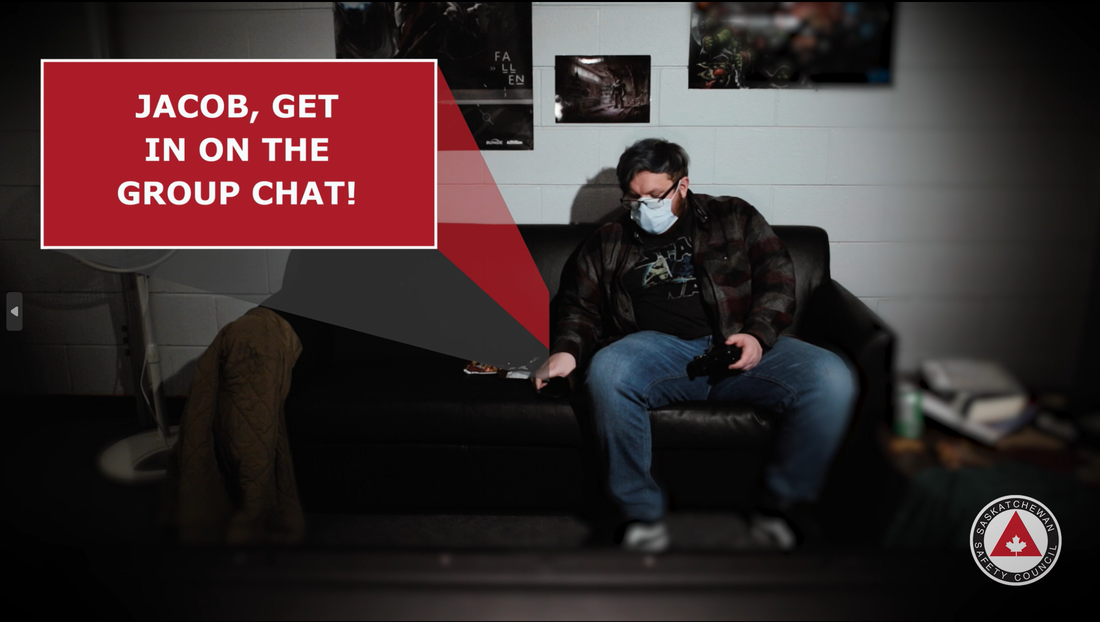|
"C’mon, we’re all doing it!" Have you heard this line before? Peer pressure, social tensions, and violence among youth is not new. Only the popular technology used to influence behviour has changed, and once again, young people have mastered it. In this ever-evolving electronic world, as technology and social development meet, young people always seem to be one step ahead of those that try to intervene early in violent behaviours; often educators, parents, and mentors. Youth have always mastered the trendy and avant-garde technologies of their times. Leading their development, testing the capabilities in ever more creative and involving ways. This often facilitates beautiful expressions of one’s self and environment that can be incredibly healthy and fulfilling. But, for all things there must be balance. Converse to the positive expression, technology can also facilitate the expression of harmful, violent, and even criminal behaviour. The world of cyberbullying - intimidation, humiliation, spamming, harassment, and other harmful tech-facilitated violent behaviours. The trouble for concerned caregivers is that these tech-facilitated communications cannot be seen, heard, or touched. And what’s more, is that the ever-changing evolution of these communication technologies will inhibit a caregiver’s ongoing ability to recognize, intervene, and ultimately treat the youth affected. We decided to investigate this ongoing issue with our friends at Campus Regina Public in Regina, SK. Working with grade 11 students in the “Advanced Media Production & Content Creation Program”, first we discussed issues that were affecting their mental health and social wellbeing. Then, we invited this class to participate hands-on in the production of a short video project on a relevant topic to their daily lives - cyberbullying. What we heard from this class, and what has been documented in surveys collected from hundreds of youth in Saskatchewan, is that the majority of communication happens online, and that cyberbullying had risen to become the most prominent form of bullying. - SAYCW "Youth Health Survey Report 2016" By the mid 2010’s, a technological shift in communication had already occurred long before the youth of today’s school years began. These youth have always felt pressure to join in these new, ever evolving online worlds of communication, a prominent example of which being “group chats”. These multi-user chat spaces are created for seemingly every social circle. Some chats are with family, some are just for friends. Some chats are for sports and rec groups, video games, events, parties… You name it, there is a group chat for it. Two years of online learning supported group chats between classmates and coworkers, teachers and students, further driving much of social behaviour to be expressed online, and further creating an implied approval from authority that online communication is appropriate in most circumstances. The relation between social media, and to an extent communication platforms, is only now starting to become linked to depression, anxiety, and other social stressors. Suicide rates have been steadily rising among youth in Saskatchewan, with suicidal plans and thoughts also being reported by higher and higher percentages of youth (SAYCW study). Behaviours like targeted harassment, privacy violations, social exclusion, and other harmful actions have migrated to the online space with ease. Youth take advantage of the idea that parents, teachers, mentors, and other caregivers are unaware of the harmful communications taking place online. - SAYCW "Thriving Youth, Thriving Communities 2019" Report
As mental health becomes a validated subject as we as caregivers do our best to prevent injuries and promote life, an acute awareness of the modern issues effecting youth is a must in a caregiver's quest to prepare youth with the tools they need to achieve their best. New electronic venues of communication, like “group chats”, are part of a digital world that youth have been forced to learn all on their own. By connecting these modern communication trends facing youth today, to the lessons we have learned from bullying and harassment in the past, we can better care for students and youth to ensure they are prepared to deal with the psychological pitfalls of these modern challenges. Looking for resources? FREE Mental Health Wellness Resiliency Training: https://www.sasksafety.org/online.html Sasktel Be Kind Online: https://bekindonline.com/ Saskatchewan Advocate for Children & Youth: https://www.saskadvocate.ca/ Want to support content just like this? Play a role in the creation of a province of safety excellence. Donate Today at: https://www.sasksafety.org/support-us.html - Charitable Registration Number: 11914-0382-RR Free training and resources are made available thanks to contributions from our Donors, Members and Sponsors that believe in our shared goal of creating a province of safety excellence. Comments are closed.
|
Archives
November 2023
Categories
All
|





 RSS Feed
RSS Feed
